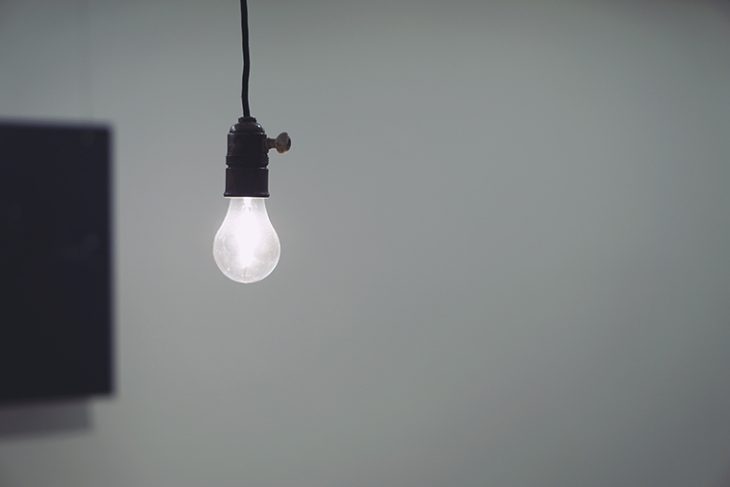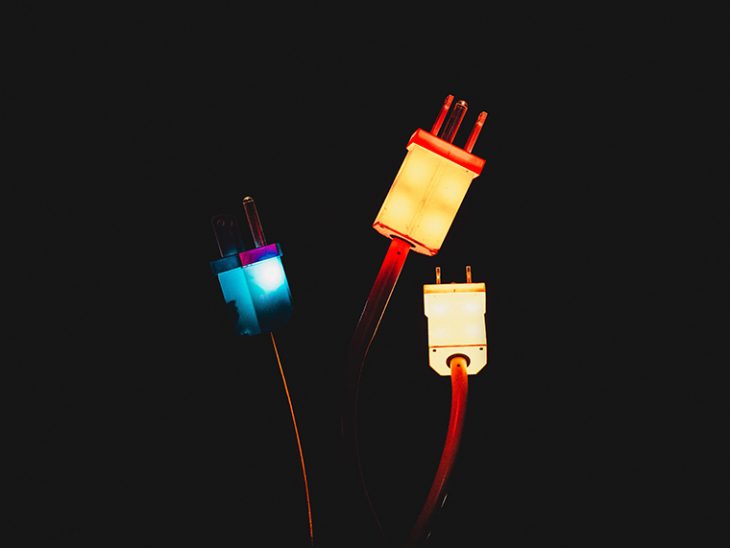
Your house can be a blessing or a curse. It can provide a safe and enjoyable place for your family to live, or it can be a burdensome expense that eats away at your wallet and creates unwanted stress and anxiety.
One way to ensure that your home is a blessing is to make it more energy efficient. This will help you save money, keep you more comfortable, and provide peace of mind knowing you’re minimizing your family’s impact on the environment.
But where to start?
We have a few energy efficient house hacks you might find helpful:
1. Seal Gaps and Cracks
Gaps and cracks in your home allow cold air to seep in during the winter months and permit cool air to escape during the hotter summer months. Gaps and cracks are most common around windows and doors, as well as in the attic and even under flooring.
According to the Department of Energy and Environmental Protection Agency, properly sealing and insulating your home can save you as much as $200 to $400 per year.
While it’s fairly easy to feel cold air pouring into your home during the winter months, it’s much more difficult to notice when cold air is escaping during the summer. It’s for this reason that you may wish to hire a professional to help you identify and address the problem areas in your own home.
2. Replace Light Bulbs
The average house has somewhere around 45 light bulbs in it. And it’s estimated that these bulbs account for roughly 5 to 10 percent of the electricity used in the home. So if you’re still using old incandescent bulbs, you’re spending way more than you should.
Incandescent bulbs give off 90 percent of its energy as heat. LED and CFL alternatives are far more energy efficient. They can save up to 75 percent in energy consumption. By replacing all of the bulbs in your home, you could save somewhere around $180 per year.

3. Unplug What You Don’t Use
It’s amazing how much energy goes to waste via idle electronics and appliances. Whether it’s a sleeping computer, a TV that doesn’t get touched for weeks, or a garage refrigerator that only has a couple of items inside, unused appliances zap energy (even when they aren’t in use). By unplugging what you don’t use, you can save hundreds of dollars per year.
4. Upgrade to a Cool Roof
The average roof is designed to keep water out. And while some might be semi-effective at insulating your attic and eliminating excessive heat exchange between your home’s interior and exterior, most completely fail in this regard. You could save big by investing in a cool roof.
“A cool roof is a coating for your roof made from a reflective material,” Tucson Rubberized Coatings explains. “This material can be anything from a reflective paint to specially engineered shingles. When the sun’s rays hit your roof, the coating repels the sunlight that would otherwise impact your roof’s materials. It also reflects the heat that would otherwise seep into your building.”
A cool roof can reduce the temperature of your roof by as much as 50 degrees during the peak of summer. This simultaneously lowers the temperature in your attic, which reduces cooling needs inside your home.
5. Get Strategic With Landscaping
Landscaping is about more than just looks. It can actually impact the energy efficiency of your home.
One suggestion is to plant trees and shrubs in front of east and west facing windows. Over time, these plants will provide some shade and protection from the sun, which will reduce your cooling costs during the summer months. Adding a covering to a deck can also help mitigate the amount of direct sunlight that enters into the home.

Start Saving Today
An energy efficient home is a happier home. Whether you’re looking to save money, increase your comfort during months with extreme temperatures with new residential roofing options, or reduce your family’s carbon footprint, implementing some of the energy-saving tactics outlined in this article will help you do more with less.
Still not sure where to begin? Consider scheduling an energy audit to gain more insights into problem areas and other points of concern. Based on this report, you’ll have a better feel for where you need to make improvements and adjustments.



